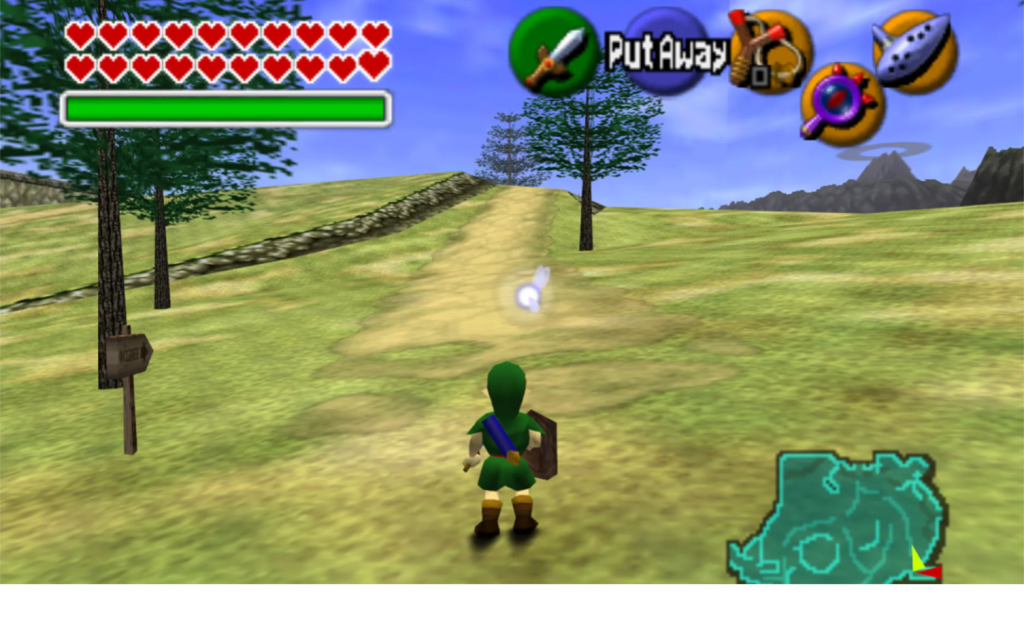(AfroGamers.com) For a couple of months, I got back into Warframe, a third-person shooter from Digital Extremes. The game came out in early 2013, over a year before Bungie released the first Destiny game. I mention Destiny because Warframe comes off as something of a third-person version of Destiny—which is kind of inaccurate because Warframe came first but it’s definitely not the better-known of the two.

Like Destiny 2, WF is very much a live service game meaning it’s meant to stay active via constant seasonal content and updates as well as regular expansions. These games make their bread either by selling the expansion while the game itself is free, having stuff that can be purchased in the premium shop, seasonal passes—or all three. Oftentimes, all three are utilized since the seasonal pass and seasonal content keeps things alive.
Live Service is a Hard Road to Travel
Most of the time when a game is developed it’s either meant as a one-off story, a potential series-starter, or a sequel but it’s often a contained story that might get DLC before the studio moves on. They’re rarely meant to be live like the multiplayer modes of Call of Duty. Live service is more the realm of MOBAs and MMORPGs which come in as massively online experiences as soon as they’re installed.
As it would go, live services exist within MMO’s metropolitan area without having a residence in the city proper. But the studio has to be able to support it consistently. That means regular seasons every two to six months that have a theme and keep players involved and engage in the game world followed by an expansion.
The expansion serves as a mini-sequel or soft sequel without being a full-on sequel with a number and subtitle. Mind you, Bungie sells expansions for the price of a full game but those come around every year or two but they have the fanbase and the players tend to be enthusiastic even if there are elements they don’t care for much.
That’s ultimately what a developer takes this road wants: a dedicated fanbase for the title. You only get that with rewarding missions and gameplay and an engaging, constantly evolving story. The mix of this concoction varies from game to game and developer to developer but those who apparently hit that perfect mix for them tend to stick around for a long time. Sprinkle in free-to-play and boom!
Much like Warframe.
Warframe is Hanging in There
Again, released in 2013, WF is a sci-fi third-person shooter where you as a recently unfrozen Tenno—humanoid warriors who are one with their bio battle suits—to combat a variety of alien lifeforms. Tennos utilize different kinds of weaponry as they take on galaxy-spanning missions to deal damage and defeat these hostile lifeforms.
Typical sci-fi stuff, really. Like other live service games, a premium store where things and currency can purchased that can be used with any particular in-game mechanic. There’s always a special currency with these types of games—such as platinum in Diablo IV.
The story is just enough that a developer can keep going with the game while throwing in storyline stuff and pushing the main story along every few years. What keeps players engaging with WF is some fun gameplay, decent gameplay, cosmetics and better gear to snag, and a leveling system players can work on.
The goal is to make it challenging and rewarding for the dedicated players and accessible enough for new and returning players. It’s a real tightrope act because if you make things too easy, your diehards are going to be annoyed since their effort for years prior might come off as pointless. However, if things are too difficult or convoluted, that’s a good way to not see return players or retain them.
You simply end up with your diehards who—while loyal—you can never truly satisfy. There will be something they didn’t enjoy and those players are regulars and might be familiar to the team. The loudest and rowdiest tend to have a voice in the core community.
Of course, that all only matters if you’re really involved with the community. If you’re not in the official Discord or on their forums, it doesn’t matter. You’re here to play the game. With that said, Warframe has a dedicated community that keeps the game alive and keeps the devs busy.
There are a few games that should be watched to see how this is done. While WF doesn’t have the live population of Diablo IV or Destiny 2, it has stayed alive for over a decade with a population often in the lower five figures.
Do you play Warframe, Diablo IV, or Destiny 2? What keeps you playing and what would make you take a break from the grind and the loop? As always let us know!
Staff Writer; M. Swift
This talented writer is also a podcast host, and comic book fan who loves all things old school. One may also find him on Twitter at; metalswift.

















This is a very surface level article that reads like the author wrote this after reading an article written by another.
Prime example: unlike Destiny; Warframe never charges for game updates, is not back led by a major publisher, is it’s own game publisher, was/is crowd funded, utilizes crowd input for story progression & character design, utilizes community input for character creation, and has female leadership.